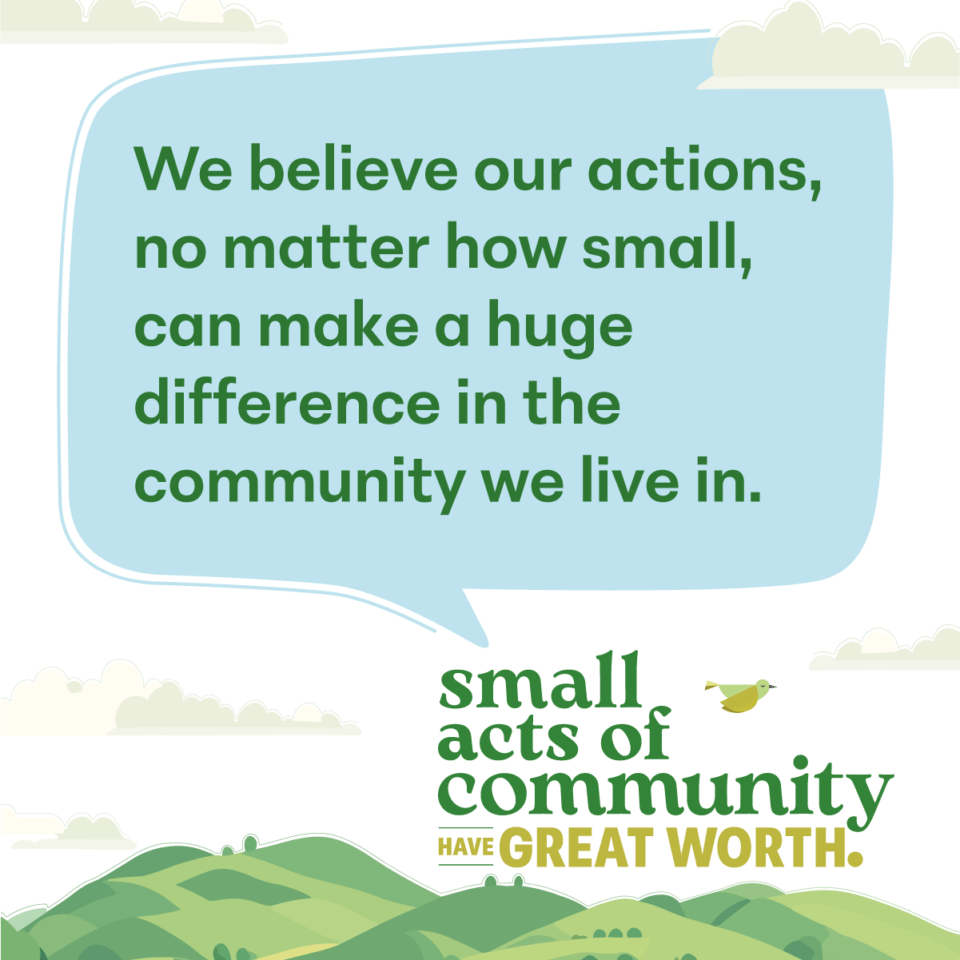
Those of us who work in the healthcare field understand that to address societal ills we need to look upstream: 80% of what impacts health goes on outside the doctor’s office. If we take a more holistic view of what mental and physical health really is and proactively address the factors that contribute to better health, the quality of care will go up and the cost of care will go down. That’s the heart of the value-based model of healthcare.
But it’s not just about saving dollars; it’s about creating healthier individuals and communities. And that takes coordination, collaboration, and partnership across a whole range of organizations and providers. We see that starting to happen, but mostly institutions are still working in silos. Community-based organizations often have a lot of experience implementing programs that address social determinants of health, while healthcare experience is mostly clinical. When those two groups work together, they’ll be more effective in addressing health disparities and keeping people healthier for longer.
Large healthcare institutions and small grassroots nonprofits have a lot to gain by sharing resources, information, and even operations. What do those partnerships look like?
For example, one of our clients, an organization that provides urgent care for mental health, works with hospital emergency departments to transfer patients to a setting that’s better adapted to treating mental health crises. We’re seeing primary care providers incorporate therapists in their staffs because so many physical ailments have an emotional, behavioral, or relationship component. Addiction and substance abuse treatment is also ideal for partnerships, where organizations can line up to provide a continuum of care for individuals following an overdose.
Partnerships in healthcare can also aim higher, involve a broader coalition, and even address community issues beyond health.

We just finished work on a “civility campaign” in the city of Burlington spearheaded by the University of Vermont Health Network (a client of ours), in partnership with a varied collection of local organizations working in healthcare and beyond, along with state government, the judicial system, and business associations. This Acts of Community initiative challenges residents to value and care for community spaces, treat each other with kindness, and seek connections with others. It’s designed to create a more powerful sense of unity and shared purpose, and make people feel proud of the city.
The campaign includes a website where people can learn more about the effort and share their own acts of kindness, along with a tool kit that individuals and organizations can use to encourage participation.
Working on Acts of Community has opened our eyes to the possibilities for partnerships across the healthcare field and helped us reimagine the types of organizations that can join forces.
There are a couple of ways to think about healthcare partnerships; one is more behind the scenes and the other more patient-facing. Both are aimed at providing enhanced, comprehensive care that best serves the community at large.
Operational partnerships allow participating organizations to share resources, information, and best practices. They might deliver cost savings as the partners increase their communication, avoid duplication, and streamline processes so financial resources can be allocated effectively.
Clinical partnerships among organizations can work to extend the continuum of patient care. It can create seamless transitions from a hospital or healthcare setting to a support system within the community. This ensures that a patient’s health needs are met alongside social, emotional and environmental factors. An example of this would be if someone was discharged from the hospital following a drug overdose or an experience with assault. If there is a community available to support them once they are released, it promotes a positive recovery for the individual. Closing this gap is important in keeping the community healthy and safe.
Marketers are responsible for communicating to the public about these partnerships — what they are, why they matter, and who’s involved. We’ll say it again: Any messaging you create has to center on the patient’s point of view. How do they benefit from this coalition of organizations or providers?
Promotional copy needs to de-complicate the partnership so patients and prospects easily understand what it means to them. Especially for clinical partnerships, it should be clear what each group does for the patient, how they’re handed from one provider to another, how records are shared and managed, and why this team approach means the person will get healthier faster. For operational partnerships, messaging might focus on how shared expertise creates better health outcomes or why shared practices means lower costs for patients.
Thanks to our work with Acts of Community, we’re more convinced than ever about the power of collaboration among healthcare organizations. Let us help your team spread the word about your partnerships.
Tenth Crow Creative is a brand marketing agency that creates, aligns, and promotes messaging for health and wellness organizations. Through insightful branding, engaging design and compelling marketing campaigns, we help these essential organizations find their identities and effectively communicate with their stakeholders so they can fulfill their missions.
Sign up below to stay up to date on our latest news!
Posted By
Tenth Crow Creative
Categories
Branding, Healthcare Marketing, Marketing